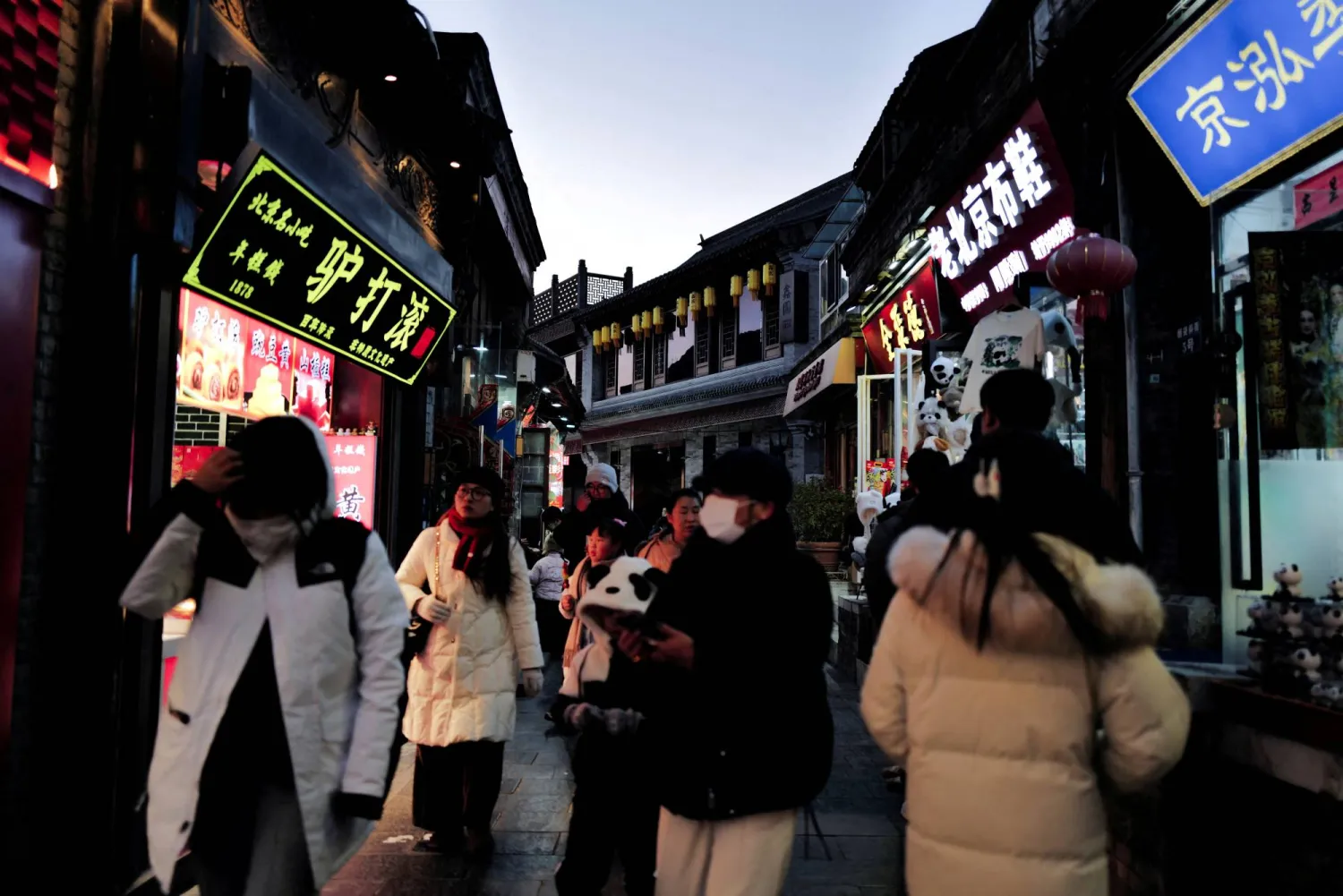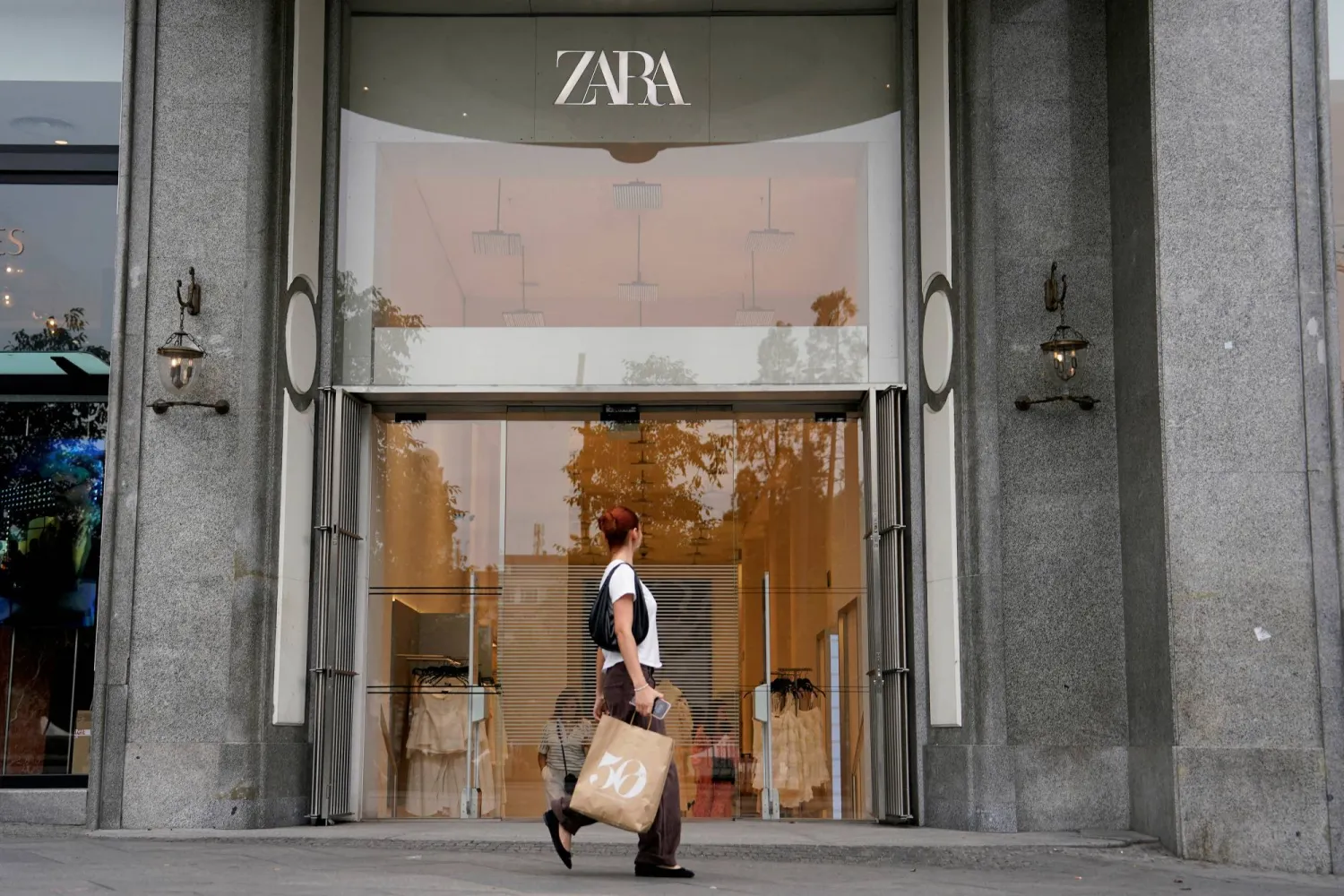The Saudi Fashion Commission released its white paper, "Ihram Circularity: Weaving a Greener Hajj and Umrah Experience," detailing the innovative Sustainable Ihram Initiative and its potential to revolutionize textile waste management within the Kingdom and beyond.
This initiative marks Saudi Arabia's first foray into circular fashion, intertwining faith, cultural preservation, and environmental responsibility, said the commission in a statement on Monday.
The white paper serves as a comprehensive exploration of the Sustainable Ihram Initiative, which focuses on the creation of a special edition Ihram made from recycled materials.
This initiative transforms discarded Ihrams into sustainable garments for pilgrims undertaking the Hajj and Umrah, embodying a commitment to responsible resource utilization while honoring the spiritual significance of these sacred journeys, explained the statement.
CEO of Fashion Commission Burak Cakmak said: "The Sustainable Ihram Initiative is a testament to the power of collaboration, reflecting the collective efforts of local and international partners committed to advancing the circular economy within the fashion industry."
CEO of Tadweem – the Fashion Commission’s partner in the Sustainable Ihram Initiative- Mostafa Bokhari said: "This Circular Ihram represents more than a garment; it is a profound expression of faith intertwined with environmental stewardship. By uniting the principles of faith and sustainability, we are creating a legacy of mindful resource use while honoring the spiritual significance of Hajj and Umrah."
The "Ihram Circularity" white paper delves into the cultural symbolism of Ihram garments and their significance to pilgrims, the potential for scaling Ihram garment recycling and its impact on reducing textile waste, strategies for promoting the use of recycled Ihrams and raising awareness among pilgrims, and the role of technology and innovation in creating high-quality recycled textile products.
The commission invites industry stakeholders, researchers, and the public to explore the white paper and join the conversation about creating a more sustainable future for the fashion industry.









